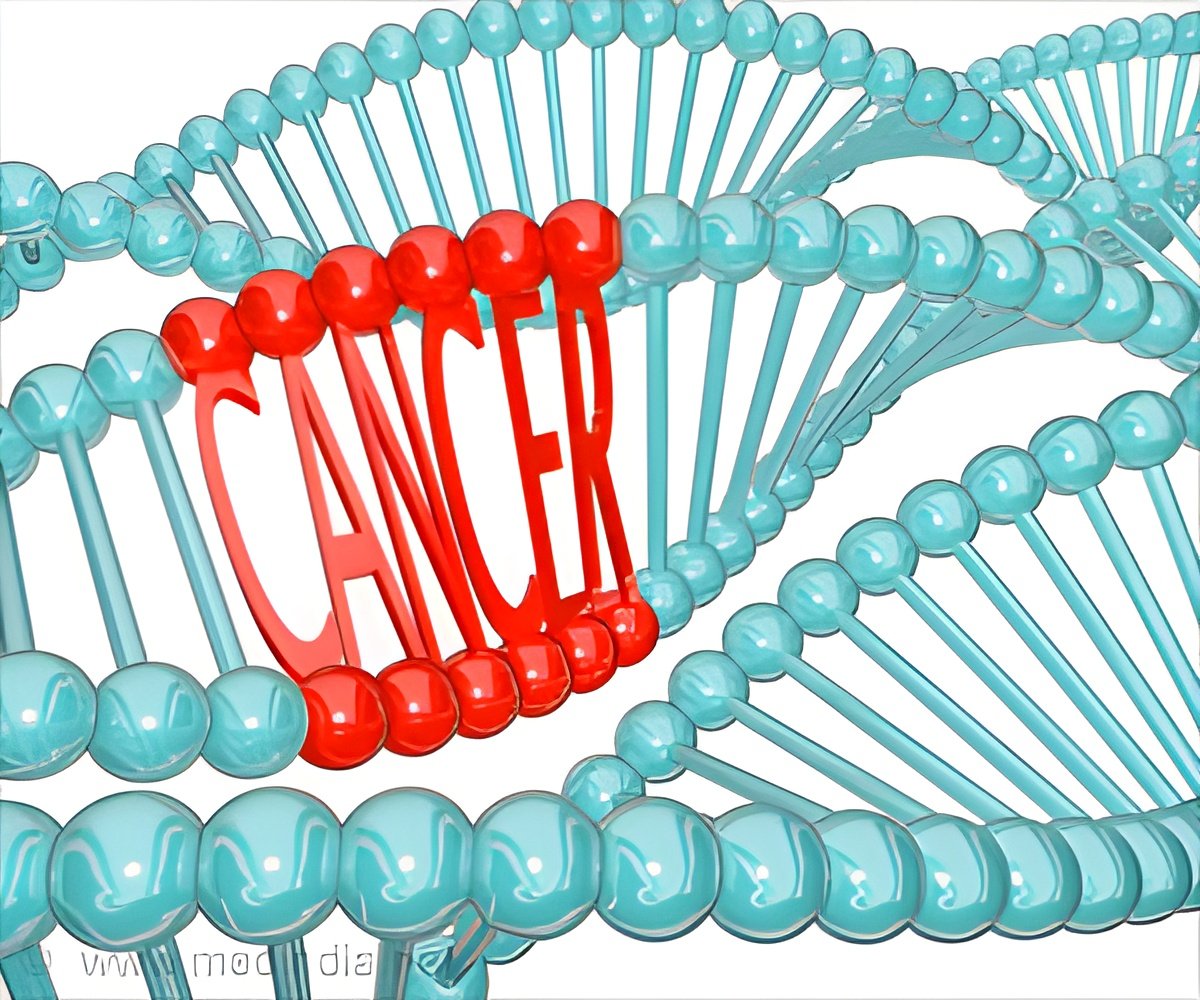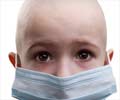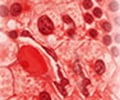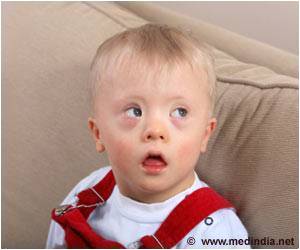New research shows that it is possible to analyze the whole genetic code in children diagnosed with cancer and this finding could bring maximum benefits for survival.

‘Introducing whole-genome sequencing innovation will help more children to survive cancer as it helps us to be more precise in diagnosis and treatments.’





He said: “Whole-genome sequencing can sometimes unravel unexpected results that may not have been considered via routine investigations. We’ve already learned a lot about using this type of test in our pilot study, both in terms of its benefits for children and in terms of how to optimize the results”.The study involved 36 children treated at Addenbrooke’s hospital in Cambridge and included 23 different types of solid tumors. A sample of tumor and blood was sent to a lab where the full DNA sequence could be read.
Scientists then looked for genetic differences that might offer clues about how cancer developed, the specific cancer type, and which treatments might be most effective.
This process revealed several important genetic differences. In two cases, the information refined children’s diagnosis, and in four cases, it changed their diagnosis.
In eight cases, it revealed new information about children’s prognoses (the likely course of their disease). In two cases, it showed possible hereditary causes of the cancers. In seven cases, it revealed treatments that might not have been considered but were likely to be effective for treating the children.
Advertisement
The study also showed that some of the important genetic changes were difficult to spot among all the data produced by whole-genome sequencing.
Advertisement
When whole-genome sequencing starts to complement current standard-of-care testing for children with cancer, we need to ensure that all the steps in this process can reduce turnaround times and keep financial costs down.
Source-Medindia















